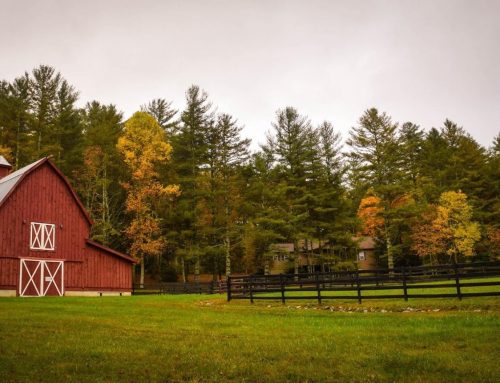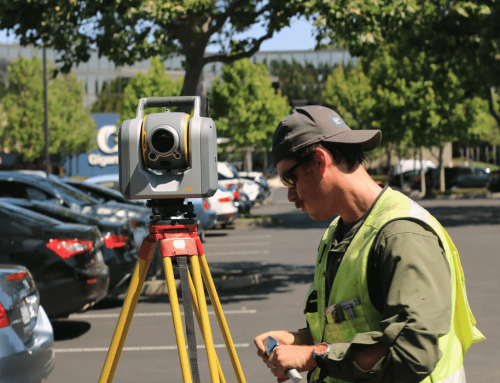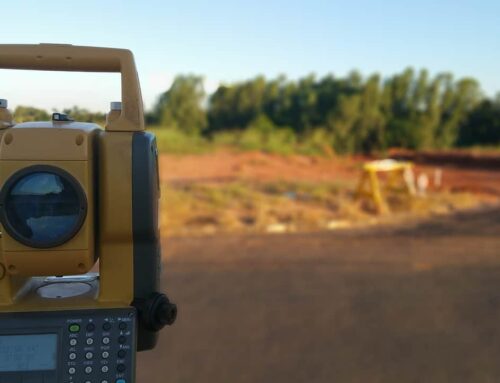Introduction
In the distant past, you could pretty much build when you liked, where you liked. But with the increasing complexity of society, that approach is no longer practical. It doesn’t make logistical or medical sense, for instance, to build cement works next to a school.
Zoning, therefore, became a tool that city authorities began using to tell businesses and property owners what they could build and where. In some zones, you could build housing for residential purposes. In others, you could construct giant factories and refineries. It depended on whether it was sensible, based on what was already in the area.
Zoning, of course, is contentious. People expect high rise development in the center of cities, but they may disagree with planning restrictions around the margins. Suburban residents, for instance, might not want local planners to re-designate agricultural land for industrial development.
The role of zoning is important for anyone who develops land or who is in charge of major construction projects. It is something you’re introduced to early on in your career, but it is easy to get a little rusty over time.
Check out Millman National Land Service, we guide you every step of the way!
What is a Zoning Code?
A zoning code is just a short combination of letters and numbers that determines what you can build on a particular plot of lands. A zoning code of C-1, for instance, might indicate low-rise commercial development. R-3, by contrast, could mean that developers are allowed to build high-rise residential condos and apartments.
Different authorities have different zoning codes. But even if the nomenclature changes, the basic premise doesn’t. What you’re allowed to build on a particular parcel of land depends entirely on the code ascribed to it. If the project doesn’t match the code, it can’t go ahead (unless zoning changes).
Related: Why are Zoning Reports Required
What Do Zoning Laws Regulate?
After defining the type of development that can occur, zoning laws aren’t carte blanche. You can’t just build whatever you like on a plot of land, so long as it is roughly C-1 or R-3.
Most zoning laws regulate other aspects of the development, including things like the dimensions of the buildings, their footprints, the density of the construction, and whether you’re allowed to keep specific animals on the site.
Zoning laws may also specify conditional development. In other words, you’re only allowed to build if you leave space for public amenities, like parks and hospitals.
Who Controls The Zoning Code?
The county, city, or municipality usually controls the zoning code. It is almost exclusively a local government issue, devolved to local people, allowing them to decide who can build what and where.
At Millman’s Land Services, they offer specialists who are well connected in their jurisdictions. Check out how their Zoning and Planning team can help you.
Because of the fragmentary nature of zoning, the actual codes themselves tend to vary from place to place and jurisdiction to jurisdiction as you move around the country. Many individual cities, for instance, have specific rules. And even what seem like identical zones can have different stipulations attached to them. Some authorities may specify that you use mixed zoning, including both residential and commercial. You may also have to protect historical sites.
What is The Concept of Overlay Zoning?
Sometimes authorities want to add regulatory requirements to a particular zone, not already found in existing zoning laws. For instance, they may want to protect a watercourse, marsh, or the character of architecture in a particular area.
They may, therefore, layer another zone over the top of existing ones to regulate the type of development that can occur. This concept, known as overlay zoning, is used in cities that want to protect parcels of land, natural resources, or excessive development that destroys the character of the area.
Related: Detailed Zoning Reports
What Are The Different Types of Zoning Codes?
Planners break down zoning codes by use. Usually, this is along with commercial, industrial, residential, or agricultural lines.
Industrial
Industrial zones permit the construction of factories, manufacturing facilities, research institutes, and waste processing. Usually, city planners will be quite specific about the type of development that can take place in these zones, be it “light,” “medium,” or “heavy.”
Commercial
Commercial development includes entertainment districts, warehouses, shopping complexes, gas stations, and offices. Again, planners may specify “light,” “medium,” and “heavy,” with the latter permitting skyscraper or mall construction.
Agricultural
An agricultural zone will allow for the farming of fields, the construction of silos, and the building of structures to house animals and vehicles. Typically, the density of development will be low, with the vast majority of land made available for pasture or crops.
Residential
Finally, residential zoning codes define the type of homes and apartments you can build in an area. Again, city authorities will determine the density of construction they will permit on a site and the quality. Options include single-family homes, mobile homes, and apartments.
Related: How COVID 19 has affected Zoning
Are Zoning Classifications Set in Stone?
The purpose of zoning laws is to help city planners create wealthier and more efficient cities. By controlling the zoning process, they hope to enrich local communities and optimize the use of space in the urban area.
You might think that zoning classifications are set in stone, but they’re not. Cities and counties can change them at any time. Thus, residents never know whether unused land opposite their properties will receive the go-ahead for industrial development. Authorities relax and modify zoning laws all the time, depending on cost-benefit analysis and political considerations.
Information on The American Land Title Association
How Can We Help You?
Millman National Land Services offers a range of zoning-related services for developers, including site reports, compliance reports, and zoning representation.
Get to know us and learn about what we have to offer you!
A site report includes a full analysis of the zoning requirements of a particular plot of land. It provides written confirmation for development by the municipality, copies of essential sections of jurisdictional building codes, and copies of buildings certificates of occupancy.
A compliance report is a vehicle designed to help with the closing of a commercial real estate loan. It is a tool you can use to show lenders that you have the full legal right to carry out your project and that it is not in planning jeopardy. We make sure that you fulfill all the lender requirements. We ensure that you are in “good standing,” meaning that your project is highly likely to go ahead and be accepted without excessive modification.
Closing Thoughts
Zoning codes are a vital tool for planning the layout of cities and ensuring that development proceeds in an orderly and logical fashion. The legal landscape, however, can be tricky to navigate. Therefore, developers often require the assistance of zoning specialists who can provide technical and legal support. Remember, even if you cannot build on a plot of land right now, zoning rules can change. It is up to the discretion of city planners and how they feel they can make the best use of the available land.
Contact Millman National Land Services and allow us to help you build your vision today!









